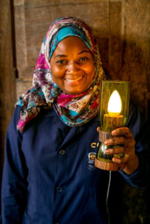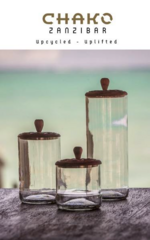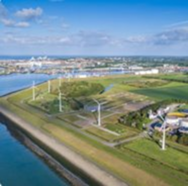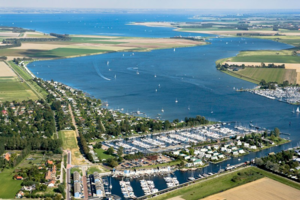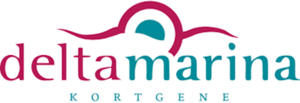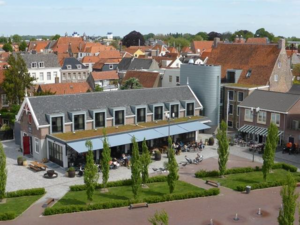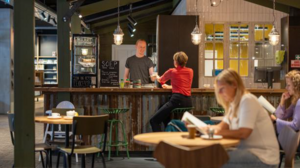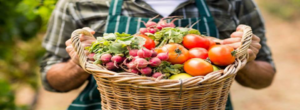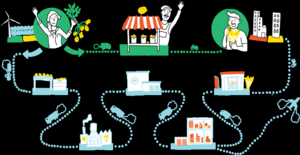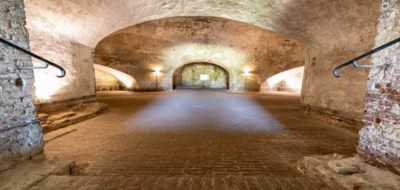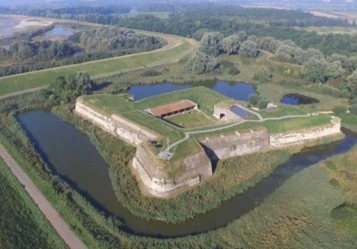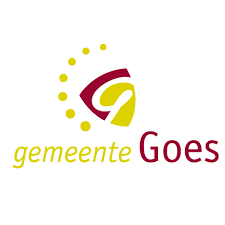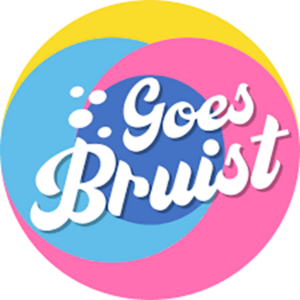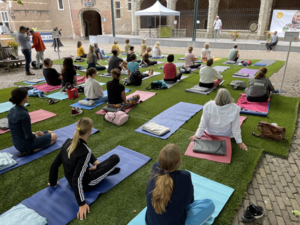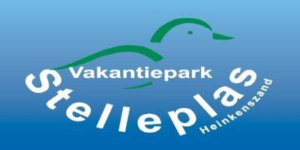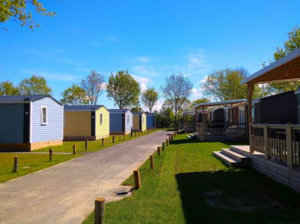LC 00804: verschil tussen versies
Geen bewerkingssamenvatting |
Geen bewerkingssamenvatting |
||
| Regel 151: | Regel 151: | ||
- Recommendations and action plan for implementation | - Recommendations and action plan for implementation | ||
Client: Villa Viva | Client: Villa Viva | ||
{{Light Context | {{Light Context | ||
|Supercontext=LC_00792 | |Supercontext=LC_00792 | ||
Versie van 21 okt 2022 16:07
| Chako Zanzibar |
CHAKO, established in 2010, is a green, social enterprise based on the island of Zanzibar focused on producing a range of upcycled products utilizing waste generated on the island and creating a circular economy. CHAKO is a guaranteed Member of the World Fair Trade Organization since 2018 and based in Zanzibar, Tanzania.
Their product ranges from upcycled glass, plastic and paper home decor and accessories. Currently 38 employees are working for CHAKO. CHAKO focusses on women empowerment and fair working conditions.
CHAKO is not just a manufacturer and supplier, but a brand and invests in product development & design. It is CHAKO’s mission to become a green, zero waste, workshop.
Assignment: CHAKO will bring a collection of the glass products on the European market (available from May 2022). These production will be sold B2B, so mainly to shops & boutiques. But also the hospitality branch (restaurants/hotels/wine bars etc) could be an interesting partner. They could use the upcycled products to decorate their establishment with or use for serving their drinks. Which areas have most potential for CHAKO? Through which channels can they reach their target market? What are the most interesting areas outside the Benelux?
https://www.chakozanzibar.com/
| Delta Energy |
DELTA is the main energy supplier in Zeeland, and a smaller one in the rest of the Netherlands. DELTA has a loyal customer base in Zeeland, however last years no (specific) loyalty program.
To set up a successful and innovative loyalty program, DELTA would like to have more insight into the loyalty programs with which organizations in various branches within Europe work. Which programs are successful, distinctive and/or innovative? And what makes them successful? And vice versa, which loyalty programs are less successful and for what reason(s). These insights can make an important contribution to a successful implementation of their program.
Client: Delta Energie
| Delta Marina |
Delta Marina is a family harbour situated at the Veerse Meer, in Kortgene.The harbour has grown into a place where everything comes together and with a restaurant, service center, water sports shop, yacht brokerage and rental of motor and sailing yachts, sloops and smaller sailing boats there is always something to do.
The core business of Delta Marina is renting out berths for recreational ships.
Since the current pricing model is pretty traditional, the question of the client is: what other pricing models are there and what are the consequences of these on our business operations and the financial result in relation to increasing guest satisfaction/loyalty?
Client: Delta Marina
| Event Bleekplein Goes |
Entrepreneurs who work in and around the Bleekveld in Goes want to organize a joint event about art/culture in Goes in 2022. The theme is in line with the theme of Goes, namely Europe. The entrepreneurs want to make their collaboration visible, but are looking for the most efficient way. At the moment they are struggling with the branding. The Bleekveld is located just outside the city center of Goes, meaning that not many people come to the Bleekveld spontaneously. The entrepreneurs want to create a collaboration between De Mythe, KCE, Poppodium 't Beest, the library and Katoen Goes and the event should showcase a combination of their strengths. For example, an activity in the Mythe in which the library, KCE and 't Beest supply materials and Katoen provides the catering. Or an event in Katoen where the various parties provide materials and activities.
The main question therefore is:
How can we create more movement on and towards Bleekveld, Goes based on cultural aspects?
Possible sub questions can be:
- Which (cultural) events are already taking place in the city center?
- What forms of promotion can we use to publicize this event?
- Which target group fits best within this plan? - How can we communicate the cooperation between several art and cultural facilities?
Client: Entrepreneurs Bleekveld
| Farmer & Care/BoerENZorg |
BoerENZorg wants to ensure healthy and local food at healthcare institutions in Zeeland. Their aim is that food receives more attention, and becomes healthy, tasty, and locally produced. Meals should consist of fresh and local products. The goal is that the residents of care institutions are happier with the food. But also that the cook and the farmer know each other better in the preparation. Because the client also wants to focus on other sectors, such as education, they have set up a BoerEnKeten (Farmer and Chain) foundation.
To start with health institutions contact has already made with care agency Rijckholt , located in Geersdijk. At this health institution research needs to be done on how this goal can be achieved.
The help of students is needed to carry out research at Rijckholt . To establish the context, the policy. To clarify what people want through interviews (what does the cook want, what does the resident want, what does the manager want, what brokers/logistics want and what does the farmer want?). And what can be done? To ultimately establish a business case; can this become a revenue model?
Client: BoerENZorg
| Fort Rammekens |
Fort Rammekens is the oldest and one of the largest sea fortresses in Western Europe. A sea fort is fundamentally different from fortifications as we know them inland. Fort Rammekens was built between 1547 and 1552 by order of the Ghent born emperor Charles V (1500 1555).
After the English attack on the island of Walcheren in 1809, Napoleon Bonaparte, the then occupier of the Netherlands, decided to enlarge and modernize Fort Rammekens . A visit now gives a good idea of the layout and the way men used to live there. During the Second World War, the fort was a German fortification and part of the Atlantic Wall, the defense line against the Allies. In addition to being a military fortification, the fort also had other functions: a supply station for sailing ships waiting for good wind in the roadstead, a hospital and a mushroom farm.
About 10 years ago Fort Rammekens - a national monument - was consolidated and refurbished.
Fort Rammekens can be visited during the weekends. It is also used as a multifunctional environment: as a wedding location recognized by the municipality of Vlissingen, performances, festival location, photo shoots, magic weekends, etc. It also has a special flora and fauna.
Fort Rammekens has a lot of potential due to its special location, history and construction. There may still be archaeological gems hidden under the current layer. However, the Fort is struggling with overdue maintenance, limited fame, limited catering opti ons and an outdated exhibition and film. It relies mainly on well meaning and knowledgeable volunteers, but approaching the average age of 70. An intervention towards the future is therefore necessary to allow the Fort to survive in such a way that future generati ons can also enjoy it. In short, the challenge is to prepare Fort Rammekens in all facets for the future.
To prepare the fort for the future, modernization and more publicity is needed. What are the wishes and needs of the desired target group(s) and how can these be translated into recommendations for a future proof fortress? And how can these recommendations also lead to more brand awareness within the tourism sector?
http://www.fortrammekens.nl/index.php
| Goes Bruist |
Goes Bruist is a collective name for a completely new vitality concept for (vulnerable) residents of the Municipality of Goes. The concep t is all about a vitality week where sports activities are planned with the aim of social encounters for young and old. This involves collaboration with various local and regional part ner s from education, government, healthcare, associations and companies. The main contractor of Goes Bruist is Skills & Control / Skills4Life. The event Goes Bruist will be organized at various locations in the municipality of Goes: Swimmingpool The Omnium, soccer club VV Kloetinge and the Bleekplein. Goes Bruist was organized in the weeks from 18 to 25 July 2022.
What the week looked like:
• Day 1: Yoyth Football Day / Football Day for Children / Organization by Skills & Control
• Day 2: Fight Cancer Foundation / v.b. Swim to fight cancer LoveLife Run Walk & Dance to fight cancer / Organization by students and others stakeholders
• Day 3: Multigames Youth Day / Diverse and sporting event for children / Organization by Skills4Life
• Day 4: Young & Old Together Gold! / Social meeting between children and the elderly / Organization by Skills4Life
• Day 5: Beach games Seniors @ Katoen / BeachVolleybal BeachSoccer on Bleekplein / Organization by students and other stakeholders
• Day 6: Beach games Youth @ Katoen / BeachVolleybal BeachSoccer on Bleekplein / Organization by students and other stakeholders
• All events are linked to the annual theme of the Municipality of Goes: Goes Europajaar
Part of this project was to conduct research on the needs and wishes of potential visitors of this event. In addition, the students were responsible for the coordination and implementation of one or more sub events of Goes Bruist. All sub events to which students can be linked are made bold.
https://www.skillsandcontrol.nl/
| Green Beach |
The Groene Strand project (Green Beach Project) is a temporary project to improve the nature on Dutch beaches. The project focusses on collaboration between different stakeholders such as organisations, businesses and volunteers. These collaborations are solidified in “communities” who apply the 10 criteria of the project to the local situation to create beaches where nature is integrated in the activities on the beach. Beaches where the criteria and collaboration are completely implemented are awarded with a Green Beach Banner to show that that beach integrates nature in their activities.
One of the goals of the Green Beach project is to have more natural materials on the beach. By switching from mechanical to manual cleaning more natural materials, such as seaweed, that washed ashore can stay on the beach. This natural material plays an important role as food and hiding place for insects who, on their turn are an important food source for shorebirds. Seaweed is also needed for new dunes to form, the dune plants use the seaweed as nutrients to grow and hold sand forming new dunes. One of the difficulties with convincing businesses/ entrepreneurs located on the beach is because nature is often not their focus. They have other things on their mind (mostly revenue) yet they are part of the (eco-)system of the beach. For this project the focus is specifically on businesses and entrepreneurs located on (and close to) beach sites and how nature education can enhance more value and awareness to their organization and its environment.
Client: Het Groene Strand
| Health Event Yes |
The ‘YES Nederland’ Event that is taking place in Middelburg was established in 2017 and is being held every year. Due to the global pandemic the event had to pause for about two years and took place this year again. The client is the founder and organizer of the event itself; Karen Vrolijk.
The event is organized within a non-profit organization and has been pushed to a higher level by the client in 2022. Therefore, she had to tackle more challenges, like as an example the pricing for the tickets for the first time, while facing the uncertainty of gathering money through governmental support or sponsorships. The client has therefore communicated following problem statement to the students:
‘’How can the event remain happening in the next couple of years considering the regional (and international) circumstances in the context of the challenges arising from gathering the money?’’
Client: Karen Vrolijk
| Holiday Park Stelleplas |
Implementing management and activities in a sustainable way that can be developed for guests and the environment of the park Stelleplas. Stelleplas holiday park in Heinkenszand is currently in development. There are more than 200 homes, many of which are available for rent. Villa Viva is asked to take care of the management for the holiday park and is responsible for a number of houses. Villa Viva wants to use their capacity as much as possible. The question is how Villa Viva can improve the capacity and management and by doing so add sustainable value to the park and its area.
The management involves the incoming and outgoing traffic, keeping track of the terrain, keeping the toilet blocks clean, setting up and organizing summer holidays, entertainment, collaboration with the close by located swimming pool, but also to optimize use of rental capacity, so that as many people as po ssible can enjoy and experience it.
Assignment: How can Villa Viva manage the park in a sustainable way, so that the park, the guest and its environment are optimally integrated and balanced. Possible research directions can look like:
- Current situation analysis (Owners residents, owners rental, board, park manager)
- What possibilities are there for sustainability and cooperation with local parties such as the municipality.
- Clarifying the value drivers and motivations for the park (reasons why holidaymaker would like to book there).
- Name value adding activities and collaborations for park, such as design and organization of the entertainment in the park in high season, cooperation with the adjacent swimming pool, restaurant.
- Contribution to sustainability objectives and collaborations for the park as elaborating and naming part of the action plan.
- Financial analysis of the chosen options (cost benefit)
- Legal construction in which management can be shaped
- Communication analysis and optimization (between the parties and external communication)
- Recommendations and action plan for implementation
Client: Villa Viva

